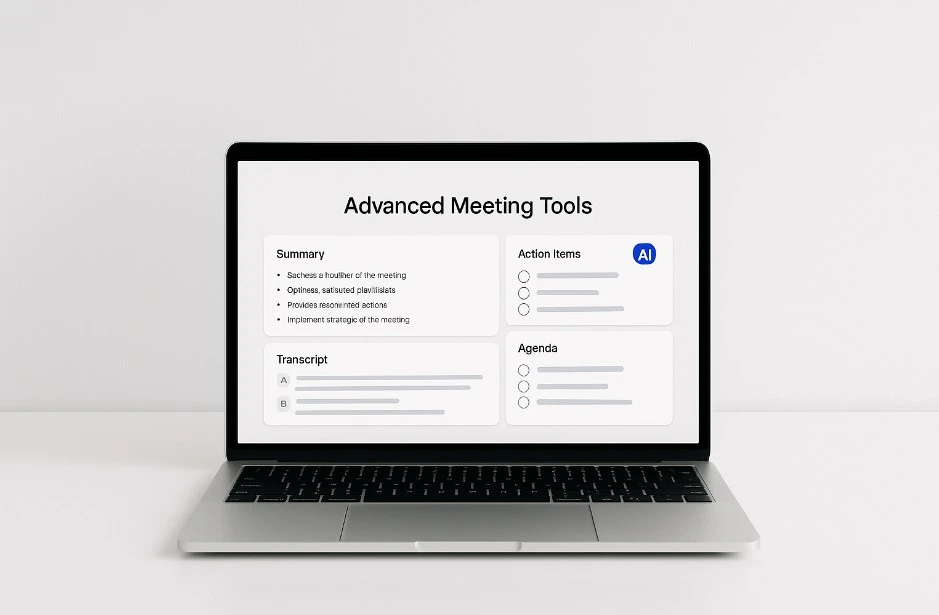Keeping a transport business on-schedule is no longer reliant solely on pen, paper and person-to-person communication. We’re in a time of digitization, automation and ever-increasing efficiency in this and many other areas.
Of course you still have to be deliberate and considered in how you put modern tools to work on your scheduling requirements. With that in mind, here’s a handful of tips to guide any changes you make.
Harnessing the Power of Automation in Transport Scheduling
Automation makes scheduling in transport businesses far more efficient by cutting down on time-consuming tasks.
For instance:
- Automatic reminders help prevent missed deadlines, keeping operations smooth.
- Software tools offer auto-updating schedules that adapt to real-time changes like traffic or delays.
In practice, companies can see a significant reduction in manual errors and improved customer satisfaction when using automation effectively. It’s all part of a market that’s worth $38.48 billion, and is growing more than 12% annually.
The system handles repetitive tasks, allowing managers to focus on strategic decisions rather than micromanagement. For example, using automated systems for load planning optimizes routes and vehicle utilization with minimal human input.
And while setting up these systems might seem daunting at first glance, once operational they require minimal maintenance. With options available across various price points and scales, there’s a solution suited for nearly every transport business size.
Wrangling Real-Time Updates for Operational Efficiency
Embracing real-time updates keeps your transport business agile and responsive. This is necessary when competing for traction in an industry that’s worth $9.41 trillion and is scaling rapidly.
For example:
- Live tracking helps drivers adjust routes promptly, avoiding traffic jams.
- Instant notifications alert dispatchers of unexpected delays or breakdowns.
Also, these updates provide transparency which clients crave. Keeping customers informed of delivery statuses lets trust and satisfaction grow naturally. Additionally, it provides opportunities for preemptive problem-solving before issues escalate.
This approach is about culture too, so you should encourage teams to embrace these tools as allies rather than seeing them as replacements for their expertise. That way you’ll be blending innovation with industry knowledge seamlessly in daily operations.
They’ll still be needed for things like writing reminder emails and managing other aspects of stakeholder relationships, while the basic duties are dealt with in the background.
Calendar Synchronization Strategies for Fleet Management
Synchronization bridges the gap between planned and executed schedules in fleet management. This is particularly important in the case that multiple stakeholders are involved in getting goods from A to B.
For instance:
- Shared calendars prevent scheduling conflicts, aligning team activities.
- Integrated apps sync drivers’ availability with dispatch requirements.
Such strategies reduce downtime by streamlining the flow of info between team members. Coordinated systems make it easier to plan shifts around driver preferences or mandatory rest periods, enhancing both compliance and job satisfaction.
Efficient synchronization requires commitment from all levels of the organization. Encouraging teams to adopt these tools transforms scheduling into an adaptable, transparent process where everyone’s on the same page – or rather, the same screen – helping achieve smoother operations overall.
This can also help with compliance processes as well. Let’s say you’re based in Arizona and you’re transporting an oversized load.
To do this within the bounds of the law you’ll need to coordinate with Arizona pilot cars so that this load has an escort. Comprehensive calendar synchronization will ensure every moving part of such a complex operation moves at the same pace.
Effective Communication Tips for Better Team Coordination
For your transport team to operate cohesively and stick to schedules you set, you need communication to be managed optimally.
For instance:
- Regular briefings ensure everyone knows their role and responsibilities.
- Group messaging platforms facilitate swift updates, minimizing downtime.
Also, integrating systems which include instant messaging allows for quick dissemination of information without clogging email inboxes. Simple questions get instant answers, helping teams respond to changes swiftly while reducing potential missteps.
In-person or virtual check-ins enable an environment where team members feel heard. These sessions are invaluable for addressing concerns before they snowball into larger issues. For example, regularly collecting driver feedback allows management to address logistical challenges proactively.
Visual aids, like shared dashboards showing KPIs or route progress, also make data more accessible at a glance. And when every team member feels part of a supportive network, operational efficiency and morale move upwards in tandem.
Given that Gartner data shows 82% of employees crave an individual approach, this is a small but significant step you can take to stand out as an employer.
Overcoming Common Challenges in Transport Scheduling
We’ve made clear that transport scheduling can be complex, even if you’ve got modern tools on your side. Here are a few common issues and what to do about them.
Managing Unforeseen Delays
Unexpected delays happen. Here’s how to stay on track:
- Develop contingency plans for various scenarios.
- Maintain a flexible fleet with backup vehicles or drivers.
A proactive approach helps minimize disruptions and maintain customer trust, turning potential setbacks into manageable hiccups.
Balancing Driver Availability
Driver availability directly affects schedules. Balance work demands with employee well-being:
- Use rotation systems to prevent fatigue.
- Implement driver-requested shifts where feasible.
Considering these factors means businesses can improve safety and job satisfaction while ensuring operational consistency across their transport network.
Ensuring Accurate Data Entry
Data entry errors lead to miscommunication. Here’s what you can do:
- Automate repetitive data entry tasks where possible.
- Conduct regular training sessions on using digital tools efficiently.
This reduces manual errors and builds confidence in your team’s ability to handle tech-driven processes seamlessly within their roles, improving overall efficiency along the way. With 90% of businesses pouring more cash into digital supply chain tech, it’s likely this is an area requiring attention in your own operations.
Wrapping Up
In brief, transport businesses must adopt multifaceted strategies to make sure that scheduling is made to work for them, rather than being an aspect they struggle against daily. These tips have to be adapted for your organizational needs, so plot a bespoke path forward rather than following the herd.








